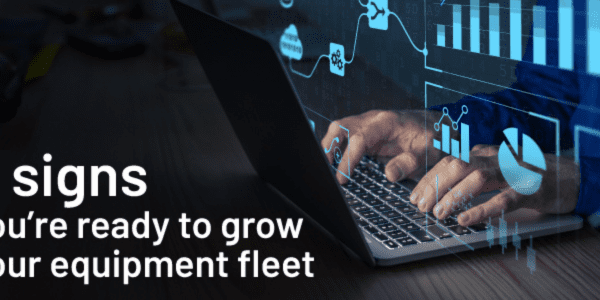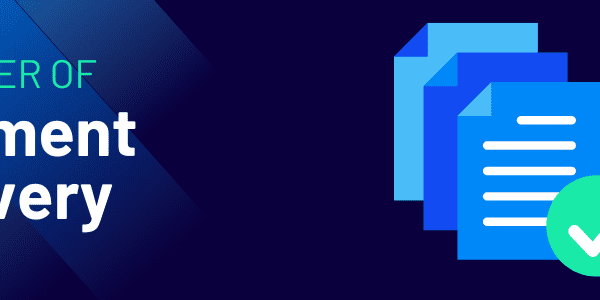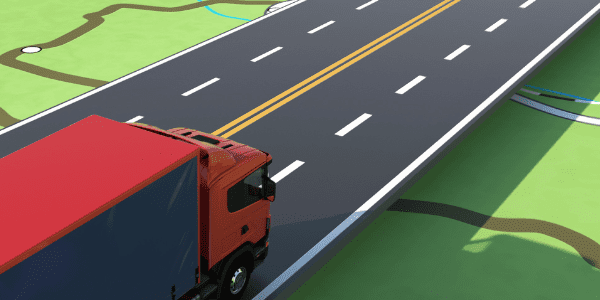
Does your Asset Management system currently live on a spreadsheet? Can you answer all of the questions below quickly and easily? Do you want to be able to answer them?

#1: Where is it?
When you look at your assets, whether they consist of field service equipment and vehicles out in the field, or laptops and cell phones handed out to your sales teams, do you know where everything is?
Knowing where things are and where they are supposed to be located is important, especially with high-value assets. For some assets you might want to consider basic asset tracking or GPS locators and your asset management solution should be able to integrate with your asset tracking devices and bring the information into your EAM system. For other assets, it may be as simple as generating delivery tickets to get things to a location, a signature from the person who it was handed over to and generating mobilization documentation every time it gets redeployed to other locations.
#2: Who has it?
Do you know who actually has responsibility for the asset right now? Not just who signed for it 12 months ago, but who has it at the moment. Is it sitting in the corner of a yard growing mushrooms, is it in the trunk of a car untouched, is it sitting in a storeroom unseen and unloved?
Your EAM solution should be able to track who has it now and when they took responsibility for it. If they hand it over to someone else then you should know about it, otherwise your chances of finding it again start to vanish very quickly.
#3: Is it being utilized?
You bought it, you paid for it, you may be depreciating it, but is the asset doing anything for you? Too many assets are purchased and then effectively wasted because they aren’t where they should be. The reason that they were bought has vanished and no one else knows they exist.
It’s amazing how much duplication can exist in an organization. An asset is bought, used for a while then left alone. Someone else in a different part of the organization needs the same thing, and because they don’t know the asset isn’t being used, a duplicate is purchased and the same thing happens again. Your EAM software should be able to give assets a status. If the asset’s not being used, then tell everyone else about it; let it be used properly somewhere else.
#4: Is it safe to use?
Some assets have very definitive inspection and maintenance regimes. It’s pretty obvious that a vehicle will need regular maintenance and a hoist will need test certificates renewed regularly. Are you tracking maintenance in a spreadsheet? What about the more general equipment: Do your laptops need electrical checks once a year? Does the back up on your server need verifying once a week or once a month?
Your Enterprise Asset Management system should incorporate maintenance regimes into its core solution. When you buy an asset, you shouldn’t need to manually keep track of required maintenance, it should be part of your core system.
#5: What did it cost to buy?
When procurement buys something, is asset management a secondary function or is fed direct? If you have asset accountants who spend their time filling in spreadsheets, manually updating asset registers and working continually from paper and reports then your EAM is not doing its job.
Whatever you buy needs to feed the asset register and your EAM solution immediately and automatically. Look for integration capabilities or look to push the whole of your asset register functionality into your EAM solution. Knowing what it cost is simply the beginning, but it’s essential if you’re going to achieve any visibility of comparative ROI across your asset base.
#6: What are the running costs?
Once you know how much something costs, the next question is how much are you spending on it. Your EAM solution should be able to capture maintenance costs at asset level (whether maintenance is being done internally or outsourced to a 3rd party), capture adhoc repair costs, transport costs and more. Make sure you can store other essential data around your assets. It’s worth knowing if a Dell laptop costs more to maintain than a Lenovo or lasts twice as long!
#7: Has it been lost?
There are some things where it’s quite obvious it has been lost–if a truck vanishes the chances are someone will notice. However, for lots of smaller assets that may not be as true. Your EAM solution should be able to provide inventory checks or stock checks by location, department etc. If you find something isn’t where it’s supposed to be, or with the person it’s supposed to be with, make sure you mark it as lost and down date your asset register automatically and efficiently. If you want to keep it in a lost status for a few months to see if it turns up that’s fine, but make sure you can clearly differentiate between lost and everything else.
#8: Who is paying for it?
Many businesses look at asset costs as business overheads, sometimes charged out to departments or locations based on percentage values or employee head counts. There is no particular reason why you can’t make the charges a lot more accurate if your EAM solution is well structured. Asset costs can be attributed directly, and if you move the asset then move any remaining costs at the same time. You ought to be able to cost by more than just location and department: by project or task code, for example, if you are buying equipment in for very specific purposes.
If the equipment is being used in the field, by your technicians, your sales teams or your delivery drivers, then attributing cost makes absolute sense so that you accurately measure the cost of your field service, your sales and your transport divisions. True EAM solutions go further than simply managing status, value and cost. They also give you the ability to manage the movement and deployment of equipment, and to charge based on deployment location and purpose.
#9: How are they charged?
Monthly overhead charges or one off charges on the GL are one approach to managing your asset costs, but if you want to encourage maximum utilization of what you buy rather than simply managing a budget for procurement, then actually charging based on usage makes a lot of sense. Whether you charge based on monthly, weekly, daily or even hourly use is up to you, but a good EAM solution will be able to generate proper asset based charges to the different parts of your business. It’s much less tempting to hold onto something just because it was handed to you if you know you’re also going to get charged for having it! Leaving assets in yard or storeroom corners to gather dust is a lot less likely.
#10: Do we need it?
If you know what you’ve got, where it is and who has it, how much it’s being used, and its costing, the question of “Do we need it?” becomes far more meaningful. An asset that is simply part of a general overhead number in a ledger is invisible as far as a department or a division is concerned. Once you start to break out the numbers, challenge utilization, and track assets wherever they are you change the relationship between those assets and your business. Then you can truly answer the question: Do we need it?
Read our free e-book exploring best practices on asset management from our customers.





